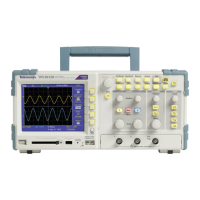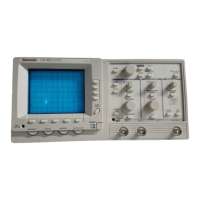Managing TPSBAT Battery Packs
Maintaining Battery Packs
Observe and note the run time that a new fully-charged battery provides for
powering your product. You can use this new battery run time as a basis to
compare run times for older batteries. The run time of your battery will vary
depending on the product’s configuration and the applications that you run.
Routinely check the charge status of the battery.
Carefully monitor batteries that are approaching the end of their estimated life.
Consider replacing the battery with a new one if the battery run time drops
below about 80% of the original run time, or the battery charge time increases
significantly.
Follow the storage requirements if you store or do not use a battery for an
extended period. If you do not follow the storage requirements, and the
battery has no charge remaining when you check it, you can consider the
battery
to be damaged. Do not attempt to recharge it or to use it. Replace
it with a new battery.
General Charging Guidelines
Continuous Charging
You do not need to continuously charge (trickle charge) Li-Ion battery packs to
maintain full operating capacity between jobs. However, a Lithium-ion battery
pack will self-discharge during non-use. To achieve the longest operating time,
charge your battery pack before use. If you p lan to store battery packs, read the
specific instructions to do this. (See page 91, Storage.)
Cha
rging Temperature
Charge the battery packs within an ambient temperature range of 0 °C to +40 °C
(+32 °F to +104 °F). Charging battery packs outside of this range can damage
cells or cause them to leak. Charging efficiency is best between 0 °C and +30 °C
(
+32 °F and +86 °F) with less than 80% relative humidity.
Discharging Temperature
The b attery packs are rated to discharge between -10 °C and +50 °C (-14 °F and
+122 °F) with less than 80% relative humidity. Discharging outside of this range
can cause damage. Battery discharge capacity drops significantly at temperatures
below 0 °C (+32 °F) and above +40 °C (+104 °F).
Cold temperatures adversely affect the normal electrochemical reactions within
a battery pack, reducing the available capacity. Although Li-Ion battery packs
can discharge down to -10 °C (-14 °F) without damage, the available capacity is
significantly reduced below 0 °C (+32 °F). You can minimize this loss by keeping
the battery packs above 0 °C (+32 °F) prior to and during use.
86 TPS2000B Series Digital Oscilloscope User Manual

